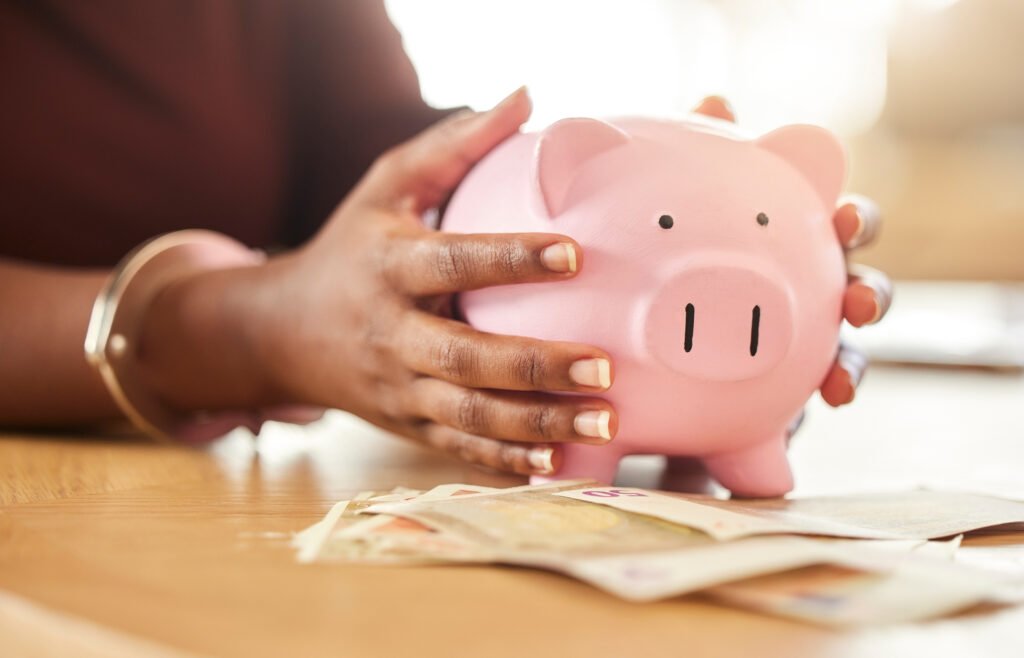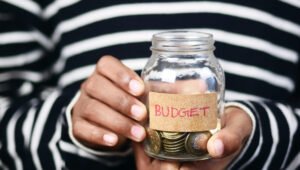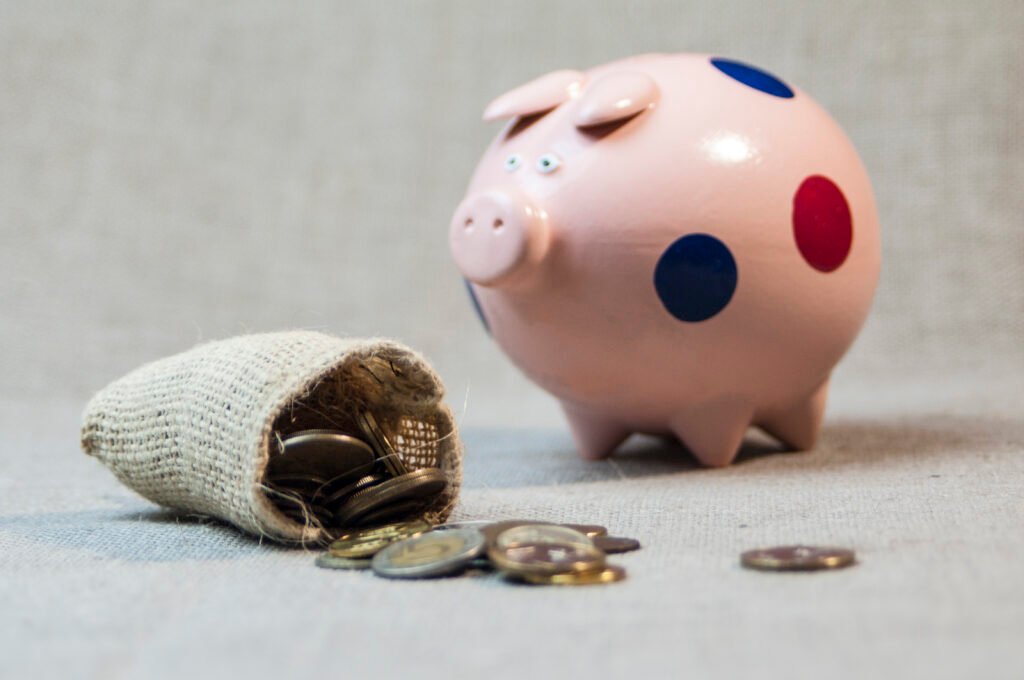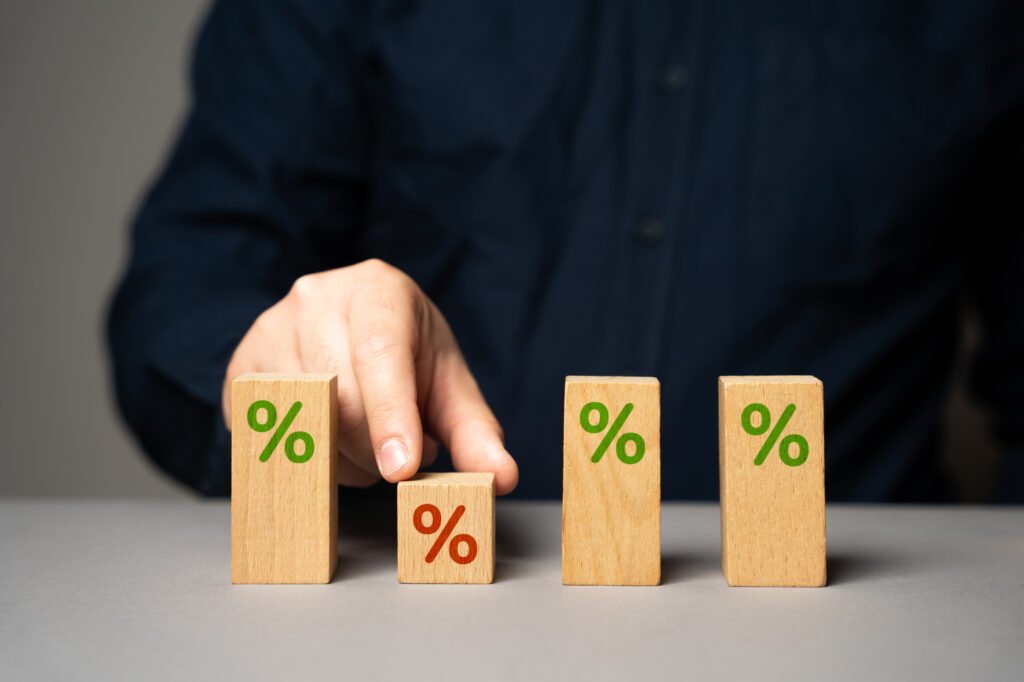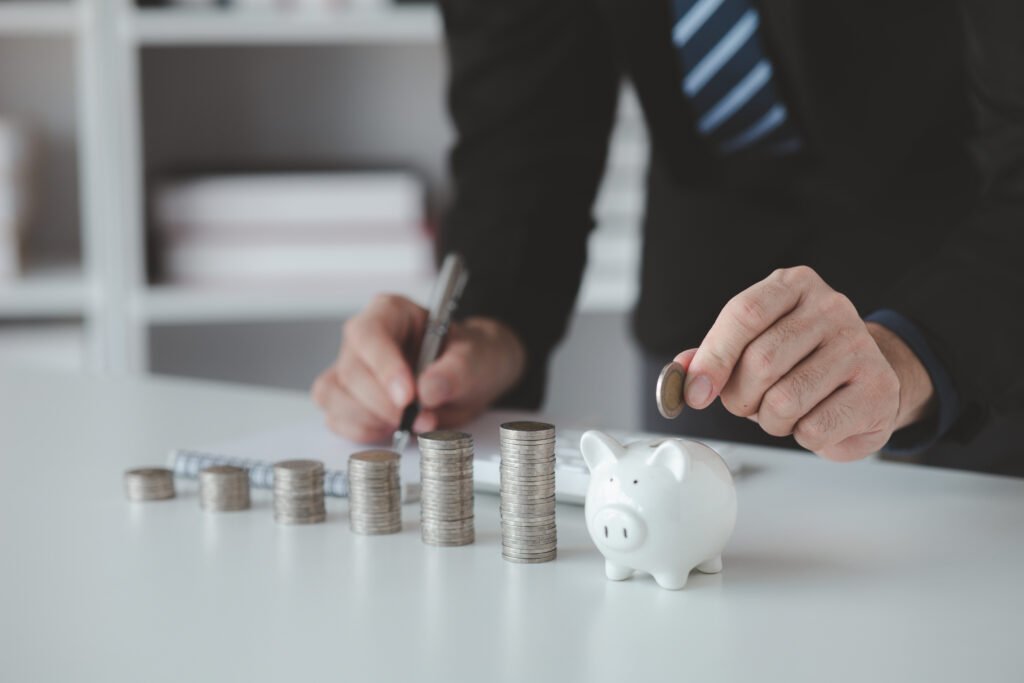An emergency fund is more than a simple savings account; it’s your financial safety net for life’s unexpected challenges. Whether it’s a sudden health issue, an unexpected car repair, or an abrupt job loss, this fund is your financial cushion. Unlike saving for a specific goal, an emergency fund is your preparation for life’s uncertainties.
The real essence of an emergency fund lies in the philosophy that drives it. It’s not just about accumulating money; it’s about giving you the freedom to make choices that resonate with your values, even when faced with financial difficulties. With this fund in place, you’re not pushed into making rushed decisions out of financial stress. Instead, you have the room to evaluate your options and make well-informed choices.
In this article, we’ll go beyond the basics and learn why an emergency fund is an indispensable part of your financial toolkit. Whether you’re a novice in financial planning or looking to fortify your existing strategy, this article aims to show you tactics to build and nurture your emergency fund and ensure you’re financially secure.
The Importance of Builing an Emergency Fund
The significance of an emergency fund goes beyond just smart financial planning. It shows a dedication to financial well-being by being both responsible and forward-thinking. Unlike saving for a specific goal, setting aside money for unexpected expenses demands a more nuanced approach.
Why is an Emergency Fund Essential?
An emergency fund isn’t just a financial buffer; it’s a lifeline that can mean the difference between a small hiccup and a full-blown monetary crisis. The real value of an emergency fund is in its capacity to offer financial flexibility and peace of mind.
I learned the value of an emergency fund during a vacation when my car broke down. It could have easily spiraled into a financial disaster, but my emergency fund came to the rescue. I could cover the hefty repair costs without batting an eye, allowing me to continue enjoying my vacation without financial worries. This personal experience underscores why having an emergency fund is vital for stability. Knowing you have this financial safety net lets you live life more freely, without the constant dread of unexpected costs.
An Emergency Fund for Your Unique Financial Landscape
Creating an emergency fund isn’t about piling up a certain sum of money. It’s about comprehending your individual financial circumstances and customizing your emergency fund to suit your lifestyle and needs. This isn’t just about saving for a rainy day; it’s about crafting a financial strategy that’s uniquely yours.
Personalized Approach
Generic savings advice won’t cut it when it comes to an emergency fund. This is a personalized financial tool, not a one-size-fits-all solution. Your emergency fund should mirror your financial commitments, lifestyle preferences, and risk appetite. It’s about understanding your own financial ecosystem and making it work for you.
Alignment with Financial Goals
Your emergency fund shouldn’t exist in a vacuum. It needs to be in sync with your broader financial objectives. This isn’t just an isolated piece of your financial puzzle but a cornerstone of a comprehensive financial strategy.
Emphasis on Liquidity
While other investments focus on maximizing returns, an emergency fund is all about liquidity. The primary goal is to ensure that the money is easily accessible when you need it the most. It’s not about growing your wealth; it’s about having quick access to funds in times of need.
Psychological Comfort
An emergency fund offers more than just financial security; it provides psychological peace. Knowing that you have a financial cushion gives you a sense of control over your finances and enhances your confidence. It’s like having a financial security blanket that keeps stress at bay.
Holistic Financial Health
An emergency fund reflects your overall financial well-being. It’s not merely a reactive measure for potential emergencies but a proactive step to bolster your overall financial stability and resilience.
Considerations When Builing an Emergency Fund
Creating an emergency fund is not a one-size-fits-all endeavor. Understanding your unique financial situation is essential to building an emergency fund that is both effective and aligned with your overall financial strategy.
Assessing Your Financial Needs
As the renowned financial expert Suze Orman once said, “Personal finance is not about what the experts would do with your money; it’s about what you would do with it.” This quote emphasizes the importance of tailoring your emergency fund to your specific needs and circumstances.
Determining the appropriate size of your emergency fund is a critical first step. This requires an honest assessment of your financial needs, taking into account your monthly expenses, debt obligations, and lifestyle.
- Monthly Expenses: Calculate your essential monthly expenses, including rent or mortgage, utilities, groceries, and insurance. Your emergency fund should cover at least three to six months of these expenses.
- Debt Obligations: Consider any outstanding debts, such as loans or credit card balances. Your emergency fund should factor in these obligations to ensure that you can maintain payments in case of unexpected income loss.
- Lifestyle Considerations: Your lifestyle choices and spending habits will also influence the size of your emergency fund. A more frugal lifestyle may require a smaller emergency fund, while a more luxurious lifestyle may necessitate a larger fund.
Guide to Building a Secure Financial Future
Setting up an emergency fund is a crucial part of your bigger financial puzzle. So, let’s break down some key things to think about as you get started:
Your Big Dreams Matter
First off, your emergency fund should be best friends with your long-term goals, like planning for retirement or buying a home. The idea is to make sure your emergency fund complements these goals, rather than fighting for attention.
Make Your Money Work for You
Sure, you need to be able to grab your emergency cash fast, but why not let it grow a bit while it’s sitting there? Look into investment options that give you a little something back without locking your money away. Money market accounts or short-term bonds could be your new best friends.
Keep It Fresh
Life changes, and so will your financial needs. Make it a habit to check in on your emergency fund and give it a little tweak now and then to make sure it’s still doing its job for you.
In a nutshell, building an emergency fund isn’t a “set it and forget it” deal. It’s all about understanding your own financial world and making sure your emergency fund fits snugly into your overall game plan. Doing this will give you a solid safety net, making your financial life a whole lot more secure and stress-free.
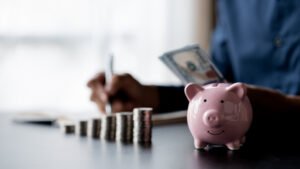
First Steps to Building an Emergency Fund
Building an emergency fund is a journey that begins with a single step. While the idea of saving several months’ worth of expenses may seem daunting, breaking down the process into manageable steps can make it achievable and even enjoyable. Here are some innovative and seldom-discussed strategies to kick-start your emergency fund:
Creating a Budget with a Twist
Budgeting is the cornerstone of financial planning, but when it comes to building an emergency fund, a conventional budget may not suffice. Here’s a unique approach:
- Embrace Flexibility: Instead of a rigid budget, create a flexible spending plan that accommodates unexpected expenses and allows for adjustments as you progress.
- Prioritize Values: Align your budget with your values and priorities. Allocate funds to what truly matters to you, and you’ll find saving more meaningful and rewarding.
- Incorporate Fun: Include a “fun budget” within your savings plan. Reward yourself for reaching milestones, making the saving process enjoyable rather than a chore.
Automating Savings with a Personal Touch
Automation is a common recommendation for consistent saving, but adding a personal touch can enhance its effectiveness:
- Customized Automation: In addition to a fixed monthly transfer, also customize your automation based on your spending patterns. For example, automate a transfer after receiving a bonus or a tax refund. by doing this you will grow your emergency fund faster.
- Micro-Saving Apps: Utilize apps that round up your purchases to the nearest dollar and save the difference. These tiny amounts add up over time and can be a significant contribution to your emergency fund.
Common Mistakes to Avoid When Building an Emergency Fund
Starting an emergency fund is a game-changer for your financial well-being, but hey, it’s not always a walk in the park. While some hiccups are talked about a lot, others fly under the radar. So, let’s dive into some lesser-known mistakes you’ll want to avoid and how to dodge them:
Avoiding Over-complication
While it’s essential to have a strategy, overcomplicating the process can lead to confusion and procrastination:
- Keep It Simple: Your emergency fund doesn’t need complex investment strategies. A simple savings account with easy access is often sufficient.
- Avoid Analysis Paralysis: Don’t get bogged down in endless research and calculations. Start with a basic plan and refine it as you go.
Understanding the Difference Between Wants and Needs
Differentiating between essential expenses and luxuries is crucial, but it’s not always straightforward:
- Reevaluate Essentials: What you consider essential might change over time. Regularly reassess your needs and wants to ensure your emergency fund aligns with your current lifestyle.
- Balance Enjoyment and Responsibility: While it’s vital to prioritize needs, don’t neglect enjoyment. Find a balance that allows for responsible saving without sacrificing quality of life.
Not Confusing Emergency Funds with Other Savings
An emergency fund serves a specific purpose, and confusing it with other savings can dilute its effectiveness:
- Separate Accounts: Keep your emergency fund in a separate account to avoid mixing it with other savings or investment funds.
- Clear Definition: Define what constitutes an emergency for you. Having clear criteria helps avoid dipping into the fund for non-emergencies.
Overlooking Psychological Factors
The emotional and psychological aspects of saving are often overlooked but play a vital role:
- Build Confidence: Start with a small, achievable goal to build confidence. Gradually increase the target as you become more comfortable with saving.
- Acknowledge Progress: Celebrate milestones, even small ones. Acknowledging progress fosters motivation and makes the process more rewarding.
Ignoring the Impact of Inflation
While liquidity is key, ignoring the impact of inflation can erode the value of your emergency fund:
- Consider Low-Risk Investments: Explore low-risk investment options that offer some protection against inflation without compromising accessibility.
- Regular Review: Regularly review and adjust your emergency fund to ensure it maintains its real value in the face of inflation.
By recognizing and avoiding these unique pitfalls, you can create an emergency fund that serves its purpose effectively and contributes to your overall financial well-being.
Conclusion
Creating an emergency fund is a pathway to financial empowerment and peace of mind. This is about developing a personalized financial strategy that aligns with your unique financial landscape and life goals. It’s about turning the act of saving into an empowering experience that enhances your overall financial wellness.
Robert Kiyosaki, encapsulated the essence of an emergency fund when he said, “It’s not how much money you make, but how much money you keep.” This isn’t just about saving; it’s about building a financial legacy that empowers you and improves your quality of life.
See building an emergency fund as an opportunity to deepen your relationship with money and build financial resilience. Your emergency fund is a commitment to your well-being. I hope this article inspires you and helps you build an emergency fund that sets you up for a financially secure and stress-free future

